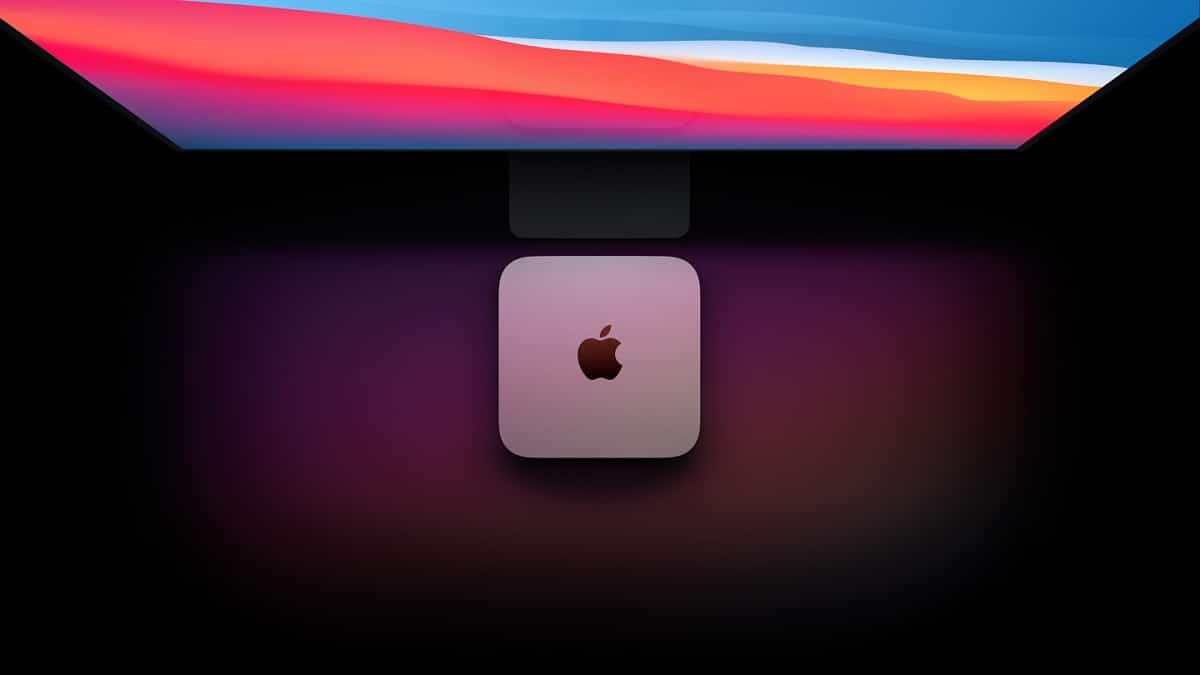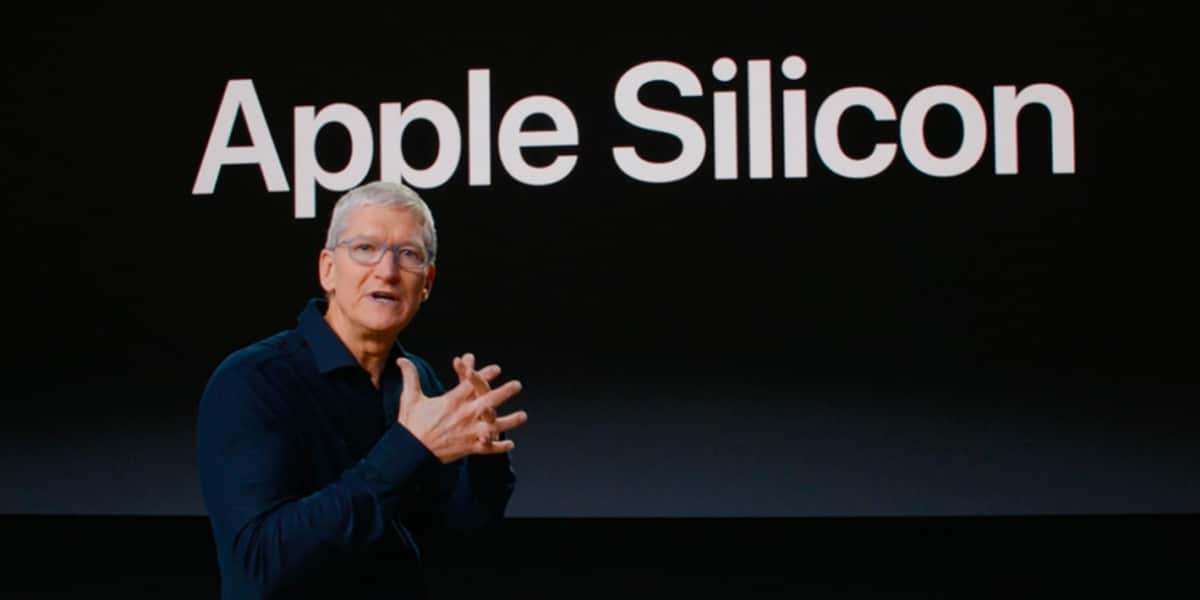
If you have been given (or have given yourself) a Mac with Apple Silicon, and you realize that the basic storage you have purchased was not enough, before expanding it and going through the box again, you should know that you can use a disk external hard. Even this disk can be used to start your Mac, that is, to install any program on it. even macOS Big Sur. That way you will have the maximum space on your computer. We show you how to do it.

Since last year we already have on the market some models of Mac with Apple Silicon and the new M1 chip. Specifically we have the 13-inch model, a MacBook Air and a Mac mini. Each of them can be obtained for different prices depending on the storage chosen. The price goes up a lot for every Gb bought. So it is not surprising that many have opted for the most "basic" model to be able to then use an external hard drive.
With that external hard drive you can even start the Mac, because you can install macOS Big Sur and all those programs you want on the same. In this way you will always have the maximum capacity inside the computer and with it you will gain productivity. We teach you like starting a Mac with Apple Silicon from an external drive.
In older models it was allowed to start from an external drive, but now it is more difficult but not impossible

On older Mac models and to avoid limited storage, allowed to replace the unit. However, that option is simply not available for Macs with Apple Silicon.
In the same way you can create a boot drive for emergencies. If the main installation of macOS fails, using an external bootable drive will allow the user to quickly get their Mac up and running without touching the internal storage. This will aid in file recovery and backup before data is lost in a format.
Preparations before starting the external unit
To create the external boot drive, we will first need an M1-based Mac running on macOS BigSur 11.1 or later, since older versions there are too many problems
We will also need an external drive to boot from. In addition to having to be sufficient in capacity for your needs and fast, it also has to be compatible with the process itself. So better if connects via Thunderbolt 3. It is also known that they do not cause problems. Some USB-C drives do report such issues.
Let's start using the external drive

The first thing we need to do is format the drive. For it:
- We open Disk Utility. This can be accessed from the Utilities folder in the Applications list.
- We select the unit you want to use for bootable external storage.
- We click on Delete.
- We click on the Format drop-down box and select APFS.
- We give a name to unity.
- We delete and then we click Ready.
- We install macOS Big Sur on the external drive. There are two methods for this, although the simplest is to download the software and indicate that we want to install it on the disk formatted in APFS.
Boot the Mac from Drive:
- With the Mac off,connect the external boot drive to the Thunderbolt 3 port.
- Turn your Mac back on with a long press of the power button, holding down until the screen displays the startup options.
- Select the external boot drive.
- Then the Mac will boot from the external drive instead of internal storage.
In this way we will have the possibility to start the Mac with Apple Silicon from a unit connected to the Mac that we can use on any computer that meets the requirements we have talked about. Something very useful also if we need, as we said, an emergency starting method.
Hola!
I would like to know if an old version like snow leopard could be installed on an external disk and even some old program installed with which to open old files and even work with them, as if it were an "intel" partition (rosseta1 and rosseta2 ) on the new M1.
Thanks for the help!